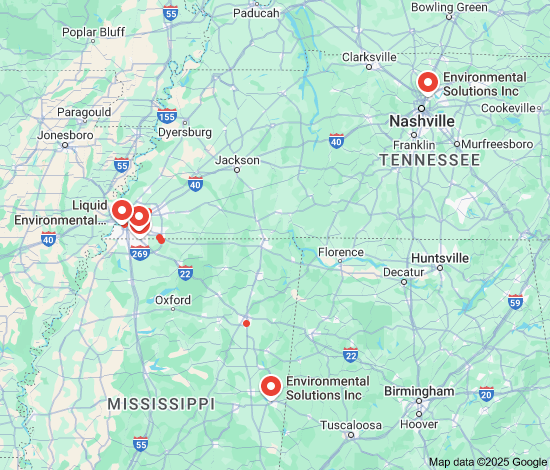The Path to a Sustainable Future: Exploring Environmental Solutions
As the world grapples with the challenges of climate change and environmental degradation, the need for innovative solutions has never been more urgent. From renewable energy sources to sustainable agriculture practices, there are a myriad of ways in which we can work towards a greener and more sustainable future.
Renewable Energy
One of the most promising environmental solutions is the widespread adoption of renewable energy sources such as solar, wind, and hydropower. By transitioning away from fossil fuels and embracing clean energy alternatives, we can significantly reduce carbon emissions and mitigate the impacts of climate change.
Sustainable Agriculture
Agriculture is a significant contributor to environmental degradation through deforestation, water pollution, and greenhouse gas emissions. Implementing sustainable agricultural practices such as organic farming, crop rotation, and agroforestry can help preserve ecosystems, protect biodiversity, and promote soil health.
Waste Reduction and Recycling
The staggering amount of waste generated globally poses a major threat to our environment. By reducing waste at its source, promoting recycling initiatives, and investing in innovative waste management technologies, we can minimize landfill pollution and conserve valuable resources.
Urban Planning and Green Infrastructure
Designing cities with sustainability in mind is crucial for creating livable urban environments while minimizing ecological footprint. Green infrastructure initiatives such as green roofs, urban parks, and bike lanes not only enhance quality of life for residents but also contribute to biodiversity conservation and climate resilience.
Collaborative Efforts for Change
Achieving a sustainable future requires collective action at all levels – from individuals and communities to businesses and governments. By raising awareness about environmental issues, advocating for policy changes, supporting eco-friendly businesses, and making conscious consumer choices, we can all play a part in shaping a healthier planet for future generations.
While the challenges posed by environmental degradation may seem daunting, it is important to remember that every small step towards sustainability matters. By embracing environmentally friendly practices in our daily lives and supporting initiatives that prioritize planetary health, we can pave the way towards a brighter future for our planet.
Understanding Environmental Solutions: Key Concepts and Resources
- What are the 5 major environmental solutions?
- What are environmental solutions?
- What does the Environmental Solutions Group do?
- What are the 7 types of environmental resources?
What are the 5 major environmental solutions?
When exploring environmental solutions, it is essential to consider a range of strategies that can collectively address pressing ecological challenges. Five major environmental solutions include the widespread adoption of renewable energy sources like solar and wind power to reduce reliance on fossil fuels, the promotion of sustainable agriculture practices to preserve ecosystems and enhance food security, the implementation of waste reduction and recycling programs to minimize landfill pollution and resource depletion, the integration of green infrastructure in urban planning to improve air quality and mitigate climate impacts, and the advocacy for policy changes that prioritize environmental conservation and sustainability at local, national, and global levels. By embracing these key approaches, we can work towards a more resilient and environmentally conscious future for our planet.
What are environmental solutions?
Environmental solutions encompass a diverse range of strategies and initiatives aimed at addressing pressing environmental challenges such as climate change, pollution, deforestation, and biodiversity loss. These solutions can include measures to reduce carbon emissions, promote renewable energy sources, protect ecosystems, conserve natural resources, implement sustainable practices in various industries, and raise awareness about environmental issues. By implementing effective environmental solutions at individual, community, corporate, and governmental levels, we can work towards creating a more sustainable and resilient planet for current and future generations.
What does the Environmental Solutions Group do?
The Environmental Solutions Group is dedicated to identifying and implementing innovative strategies to address pressing environmental challenges. Through research, collaboration, and advocacy, the group works towards developing sustainable solutions that promote conservation, reduce pollution, and enhance ecosystem health. By engaging with stakeholders across various sectors, the Environmental Solutions Group seeks to drive positive change and foster a greater understanding of the interconnectedness between human activities and the natural environment.
What are the 7 types of environmental resources?
Environmental resources are essential components that sustain life on Earth and contribute to the well-being of ecosystems. The seven types of environmental resources include air, water, soil, minerals, forests, wildlife, and energy sources. Each of these resources plays a crucial role in maintaining ecological balance and supporting human activities. Air provides oxygen for respiration, water is vital for survival and various activities, soil supports plant growth and agriculture, minerals are essential for industrial processes, forests offer biodiversity and carbon sequestration, wildlife contributes to ecosystem health, and energy sources power our daily lives while impacting the environment. Protecting and managing these environmental resources responsibly is key to ensuring a sustainable future for generations to come.




